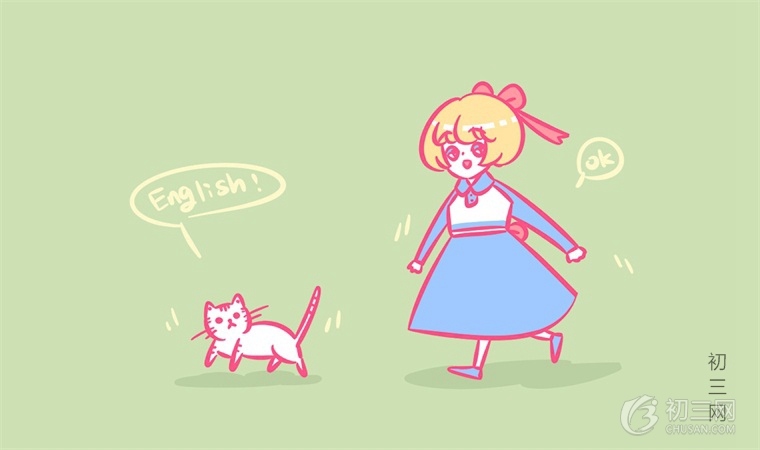请选择
要想学好英语,初中生一定要掌握基本的语法知识,下面初三网小编为大家总结了初中三年英语语法大全汇总,仅供大家参考。

名词的所有格
A.单数名词词尾加’s,复数名词词尾若没有s,也要加’s。
如:the worker's bike,the Children’ s ball
B.表示几个人共有一样东西,只需在最后一个人的名字后加’ s若表示各自所有,则需在各个名字后’ s。
如: This is Lucy and Licy’ s room.
These are Kate's and jack’ s rooms.
C. 如果是通过在词尾加—s构成的复数形式的名词,只加’。
如:the students’ books,the girls’ blouses
(另外:名词+of+名词名词是有生命的,我们就用’s结构来表示所有关系。如果名词所表示的事物是无生命的,我们就要用名词+of+名词的结构来表示所有关系。)
形容词知识点
形容词的位置
(1)形容词作定语一般要放在名词前面,但当形容词修饰不定代词something,nothing,anything时要放在所修饰的不定代词之后。如:something important,nothing serious。
(2)当形容词带有表示度量的词或词组作定语或表语时,定语或表语要后置。如:
We have dug a hole two meters deep.
The hole is about two metres deep.
形容词的比较等级
单音节词和少数双音节词,在词尾加—(e)r,—(e)st来构成比较级和最高级。其他双音节
词和多音节词,在前面加more,most来构成比较级和最高级。如:
popular———more popular———most popular
important—more important—most important
一般过去时的用法
1)在确定的过去时间里所发生的动作或存在的状态。例如:时间状语有:yesterday, last week, an hour ago, the other day, in 1982等。
2)表示在过去一段时间内,经常性或习惯性的动作。
3)句型:It is time for sb. to do sth "到……时间了" "该……了"。例如:It is time for you to go to bed. 你该睡觉了。 It is time that sb. did sth. "时间已迟了" "早该……了" ,例如It is time you went to bed. 你早该睡觉了。 would (had) rather sb. did sth. 表示'宁愿某人做某事'。例如:I'd rather you came tomorrow.还是明天来吧。
4) wish, wonder, think, hope 等用过去时,作试探性的询问、请求、建议等,而一般过去时表示的动作或状态都已成为过去,现已不复存在。例如:I thought you might have some. 我以为你想要一些。
以上就是初三网小编为大家总结的初中三年英语语法大全汇总,仅供参考,希望对大家有所帮助。